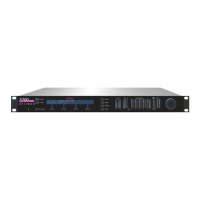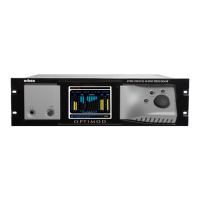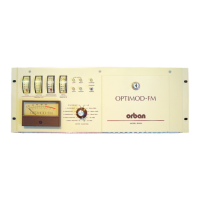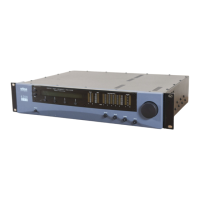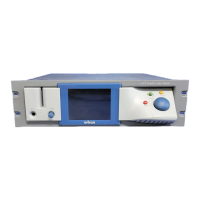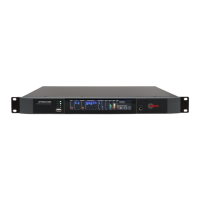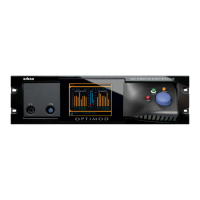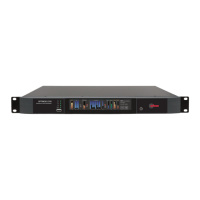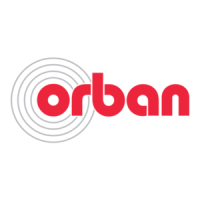How to eliminate RFI, hum, clicks, or buzzes in my Orban Processor?
- RRebecca WebbAug 19, 2025
These issues often stem from grounding problems. Review the grounding information. If using analog connections, switching to digital connections can almost certainly eliminate the RFI. Repositioning the unit or its input and output cables may also reduce RF interference. Ensure the composite output is not receiving the MONITOR signal to avoid ground loop noise.



